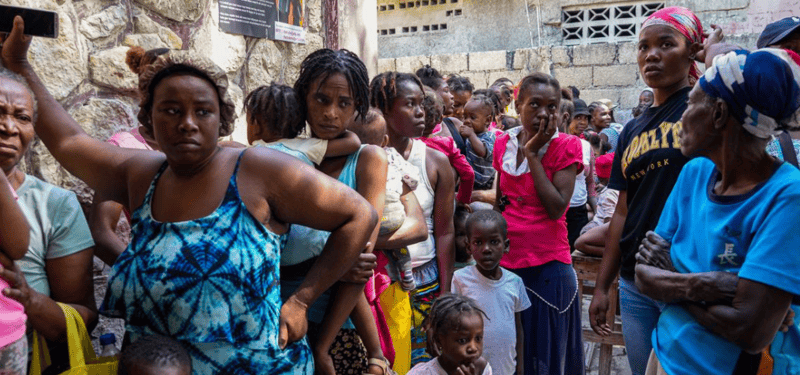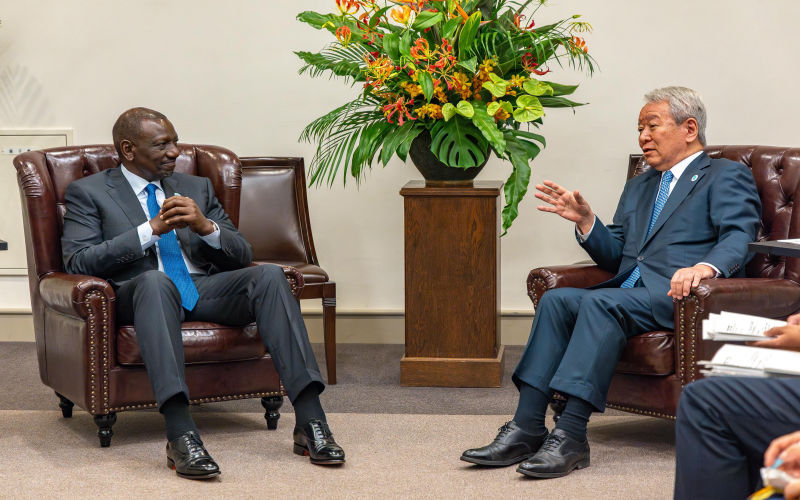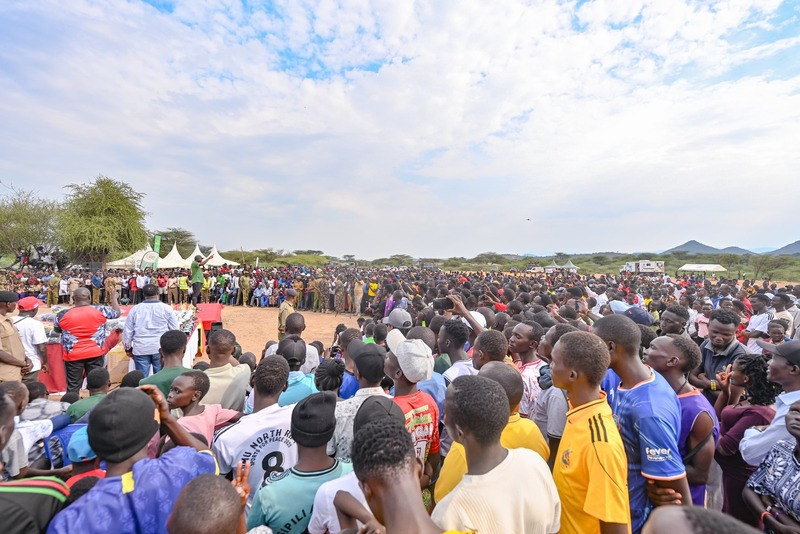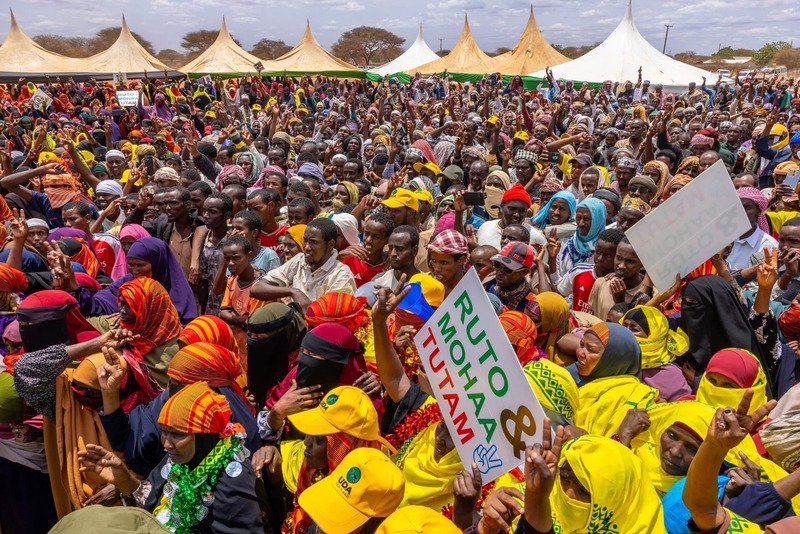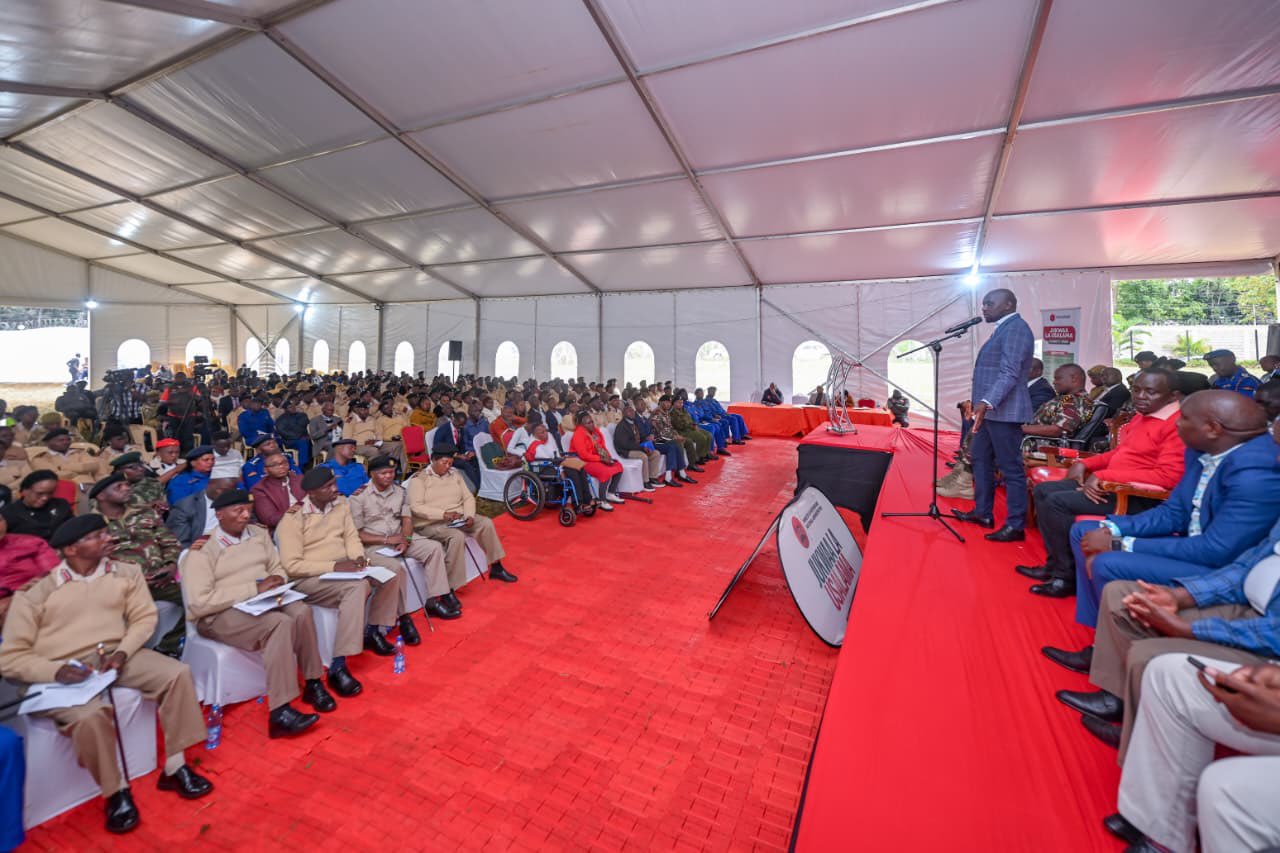Petition to move Jomo Kenyatta’s remains from Parliament put on hold
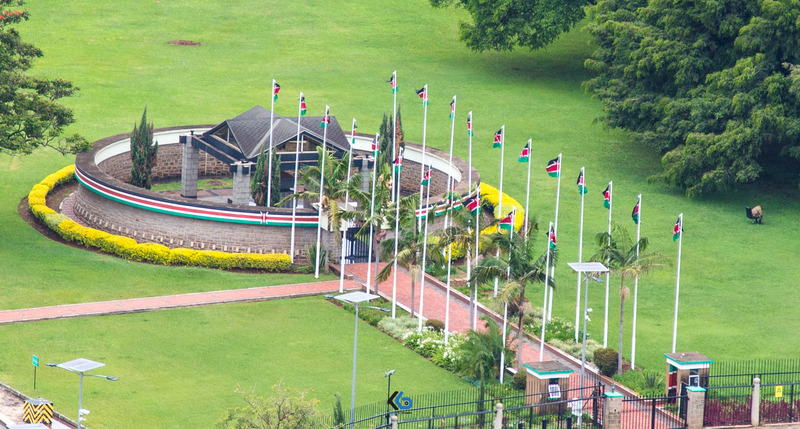
She emphasised a multi-phased approach, combining cultural validation, engagement with the Kenyatta family, and legal oversight to ensure compliance with the law and maintain national unity.
The Ministry of Culture and Heritage has paused a petition seeking to relocate the remains of Kenya’s founding President, Mzee Jomo Kenyatta, from Parliament Grounds in Nairobi to his ancestral home in Gatundu, Kiambu County, citing complex legal, cultural, and constitutional considerations.
The petition, filed on July 29 by John Mweha Kariuki, a community leader from Kiambaa Constituency, urged the government to initiate a “dignified, consultative, and culturally sensitive process.”
More To Read
- CJ Martha Koome pushes back against criticism over parliamentary interference
- Frequent court injunctions threaten to stall Parliament’s work, Wetang’ula warns
- Deputy Speaker Gladys Shollei lauds committees as Parliament’s ‘engine room’
- Senate invites public views on Bill proposing sweeping changes to its powers
- French Cabinet reviews bill to speed up artefact returns to Africa
- Wetang’ula rejects claims of bias, says Constitution allows political affiliation
It argued that Kenyatta’s current resting place, adjacent to Parliament Buildings, is symbolically and constitutionally associated with the Legislative arm of government, creating a potential conflict with his historic role as Head of the Executive.
“This is a sincere, non-partisan appeal to the Government to initiate a dignified, consultative, and culturally sensitive process,” the petition read.
“Relocating Mzee’s remains to Gatundu would reflect our cultural reverence and promote a sense of rootedness among citizens.”
In response, Culture and Heritage Cabinet Secretary Hanna Cheptumo acknowledged the petition’s sincerity but highlighted the need for careful scrutiny.
She emphasised a multi-phased approach, combining cultural validation, engagement with the Kenyatta family, and legal oversight to ensure compliance with the law and maintain national unity.
“The petition’s reliance on constitutional provisions is robust but requires deeper scrutiny to assess its legal viability. Consequently, a multi-phased approach combining cultural validation, family engagement, and legislative or judicial oversight is necessary,” the Ministry stated.
Born in 1893, Jomo Kenyatta served as Kenya’s first Prime Minister before becoming the country’s first President when it became a republic on December 12, 1964. During his presidency, he is credited with abolishing racial segregation in schools, hotels, churches, and social clubs, and supporters argue that he was central to the Pan-African movement.
Kenyatta passed away on August 22, 1978, in Mombasa after 15 years in office. Although his family had wanted him buried at their ancestral home in Ichaweri, the government chose to inter him in a marble mausoleum at Parliament Square to honour his national significance.
The mausoleum, located on approximately 4.48 acres along Parliament Road in Nairobi’s Central Business District, features solid granite walls and floors, 22 evenly spaced flags, a red-carpeted entrance, and lion statues. It is not open to the public except by formal request or during the annual commemoration of his death on August 22.
The Ministry’s response comes as Kenya marks 47 years since Kenyatta’s death, a moment that underscores both his historical significance and the ongoing debate over how the nation should memorialise its founding leaders.
Top Stories Today
